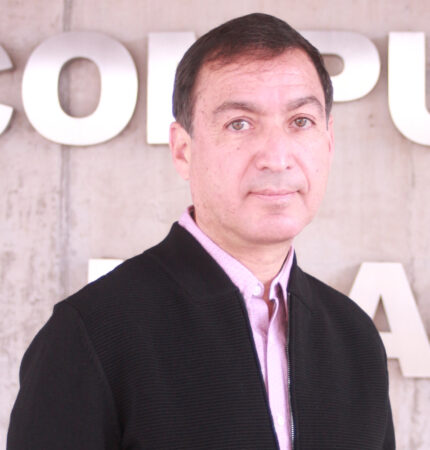Light attenuation within suspensions of photosynthetic microorganisms has been widely described by the Lambert–Beer equation. However, at depths where most of the light has been absorbed by the cells, light decay deviates from the exponential behaviour and shows a lower attenuation than the corresponding from the purely exponential fall. This discrepancy can be modelled through the Mittag–Leffler function, extending Lambert–Beer law via a tuning parameter α that takes into account the attenuation process. In this work, we describe a fractional Lambert–Beer law to estimate light attenuation within cultures of model organism Synechocystis sp. PCC 6803. Indeed, we benchmark the measured light field inside cultures of two different Synechocystis strains, namely the wild-type and the antenna mutant strain called Olive at five different cell densities, with our in silico results. The Mittag–Leffler hyper-parameter α that best fits the data is 0.995, close to the exponential case. One of the most striking results to emerge from this work is that unlike prior literature on the subject, this one provides experimental evidence on the validity of fractional calculus for determining the light field. We show that by applying the fractional Lambert–Beer law for describing light attenuation, we are able to properly model light decay in photosynthetic microorganisms suspensions.

Especialidad publicación
Tipo publicación
Estimation Of The Light Field Inside Photosynthetic Microorganism Cultures Through Mittag-Leffler Functions At Depleted Light Conditions
